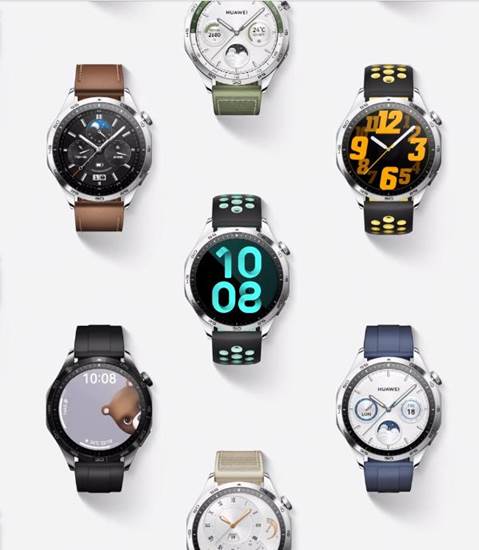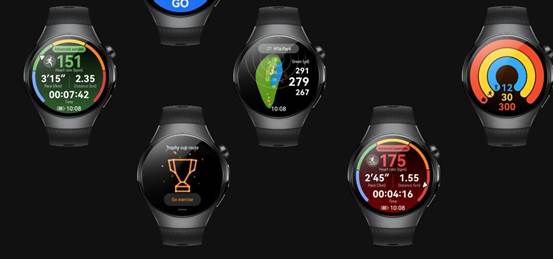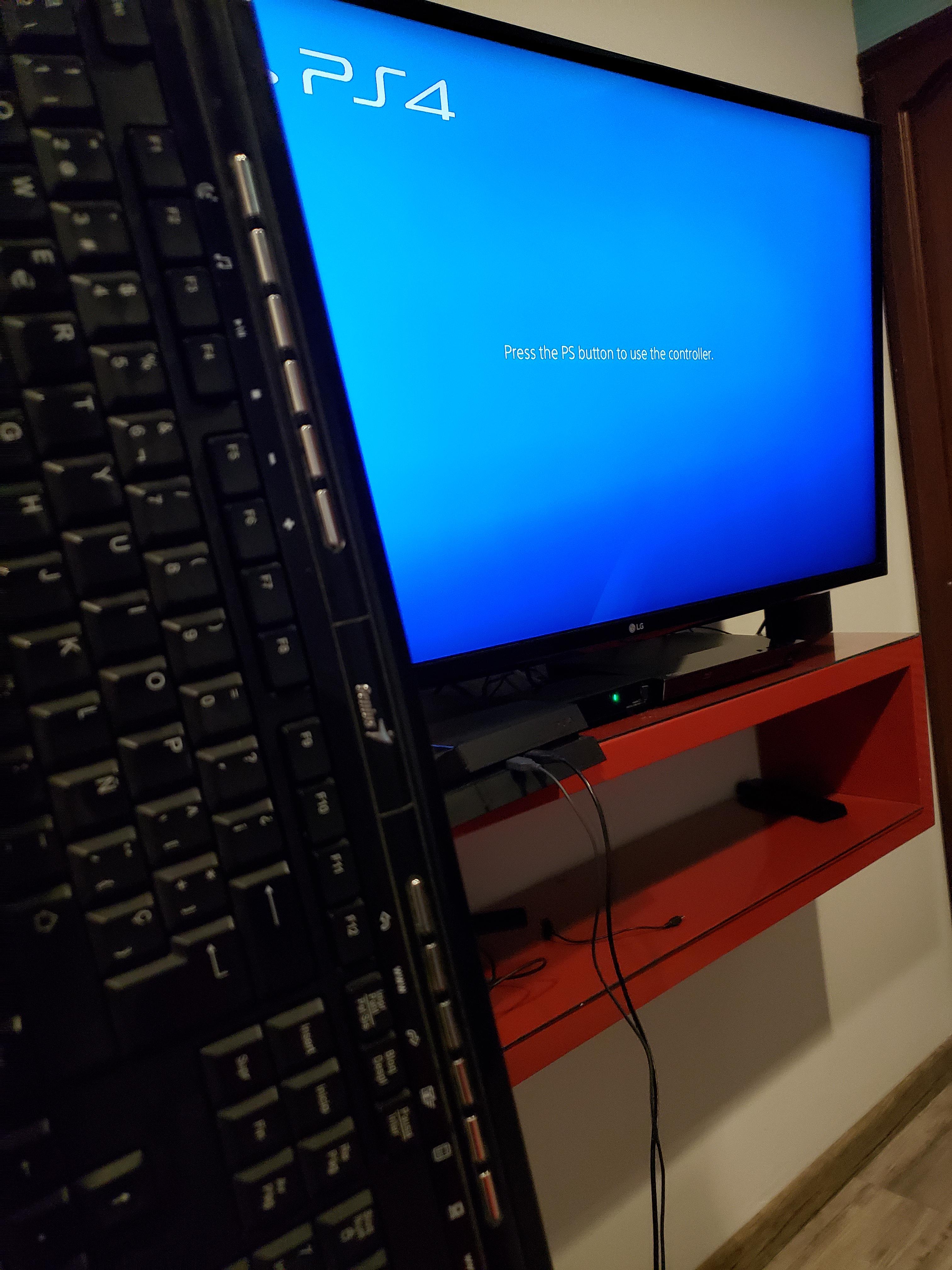Can Smartwatches Become Tools for Personal Art?
Smartwatches began as practical gadgets,
delivering time, notifications, and quick access to information. Yet as
technology progresses, their purpose expands. People now explore them as
platforms for creativity, where art and function merge on the wrist. A
smartwatch is not just a device—it can be a miniature canvas, a digital storyteller, and a personal
gallery. By looking at their potential as design canvases and as interactive
companions that transform data into artistic expression, we can understand how
they may become genuine tools for personal art.

Smartwatches as Digital Canvases
Smartwatches offer unique opportunities to
experiment with art in compact form. From custom watch faces to animated
visuals, they allow users to carry personal expression every day. The limited
size of the screen challenges creativity but also inspires bold choices.
Custom Watch Faces as Personal Galleries
One of the most direct ways users create
art is through custom watch faces. Selecting or designing a face turns the
watch into a curated piece of personal art. Each glance at the wrist reveals a
choice of imagery, color, or style that communicates identity. Some users
prefer elegant simplicity, while others opt for bright, playful graphics. This
constant display of chosen visuals makes the smartwatch more than functional—it becomes an always-present art gallery
worn by the individual. Over time, watch faces even become seasonal or
thematic, reflecting moods, holidays, or important life events, much like
rotating art exhibitions.
Animated Visuals and Motion Art
Beyond static designs, smartwatches
increasingly support animations. Motion graphics elevate the device into a
moving artwork. A face that shifts with the time of day, a heartbeat animation
tied to the user’s pulse, or abstract waves responding to steps walked—all bring art into daily interaction.
These dynamic visuals make the smartwatch feel alive, turning functional data
into a visual performance. This integration shows how the boundary between
utility and creativity can blur, with the device serving both roles at once. As
technology improves, smoother animations and richer colors give designers even
greater freedom to experiment with kinetic art on the wrist.
Minimalist and Abstract Design Experiments
Artists and designers also experiment with
minimalist and abstract approaches. Limited screen real estate encourages
designs built around shapes, lines, and gradients. A few carefully arranged
elements can communicate mood or identity. Minimalist faces highlight subtle
elegance, while bold abstract art transforms the watch into a statement piece.
Constraints often inspire creativity, and the smartwatch’s small screen offers a unique stage for
such exploration. In fact, the simplicity of these designs often has greater
emotional impact than crowded visuals, proving that art can thrive even when
the canvas is reduced to just a few pixels wide.
Personal Art Through Data and Interaction
Smartwatches do more than display art—they also create it. By capturing
personal data and enabling interactive input, they transform routine activities
into artistic expression. Daily life becomes visual, interactive, and deeply
personal.
Turning Daily Data Into Art
Steps walked, hours slept, or calories
burned may appear like numbers, but with creative visualization, they evolve
into artwork. A week of heart rate data can form a colorful abstract pattern,
while sleep cycles can be rendered as flowing shapes. Users begin to see their
routines not just as statistics but as visual diaries. The act of living itself
becomes art, recorded and displayed through the wearable device. Some even
export this data into larger prints or digital displays, effectively turning
daily activity into long-term art projects that celebrate health and movement.
Interactive Creation on the Wrist
Some applications allow people to sketch,
draw, or play with shapes directly on the watch screen. While the size is
small, the symbolism of creating art on the wrist is powerful. Quick sketches
can be shared instantly, making the watch a platform for spontaneous
creativity. Musicians also experiment with interactive rhythm apps, tapping
beats on the watch face to generate sound patterns. This interactive potential
broadens the definition of personal art, moving it into everyday moments. Even
brief interactions—a swirl of color drawn in seconds—can serve as both stress relief and artistic self-expression.

Storytelling and Identity in Design
For many, a smartwatch tells a personal story. Customized visuals, chosen phrases, or symbolic imagery make it more than a tool—it becomes a mirror of identity. Some users integrate cultural motifs or artistic references, while others choose imagery tied to milestones. Even a single word displayed daily can hold personal meaning. At this intersection of storytelling and design, the smartwatch becomes a wearable art statement. Devices such as the huawei gt6 illustrate how wearable technology can embody both function and evolving artistic expression. As wearable technology develops, these stories will only deepen, turning each watch into a unique reflection of personal narrative.
Conclusion
Smartwatches can indeed become tools for
personal art. They act as digital canvases for custom watch faces, animated
visuals, and abstract designs. They also turn everyday data into creative
outputs and allow users to interact with art in spontaneous ways. Through
design, visualization, and storytelling, these devices merge technology with
creativity. A smartwatch is not only a tool for tracking and communication but
also a medium for expressing personality and identity. In this blend of
function and expression, smartwatches prove that art can live in the smallest
and most personal of spaces—the wrist.


